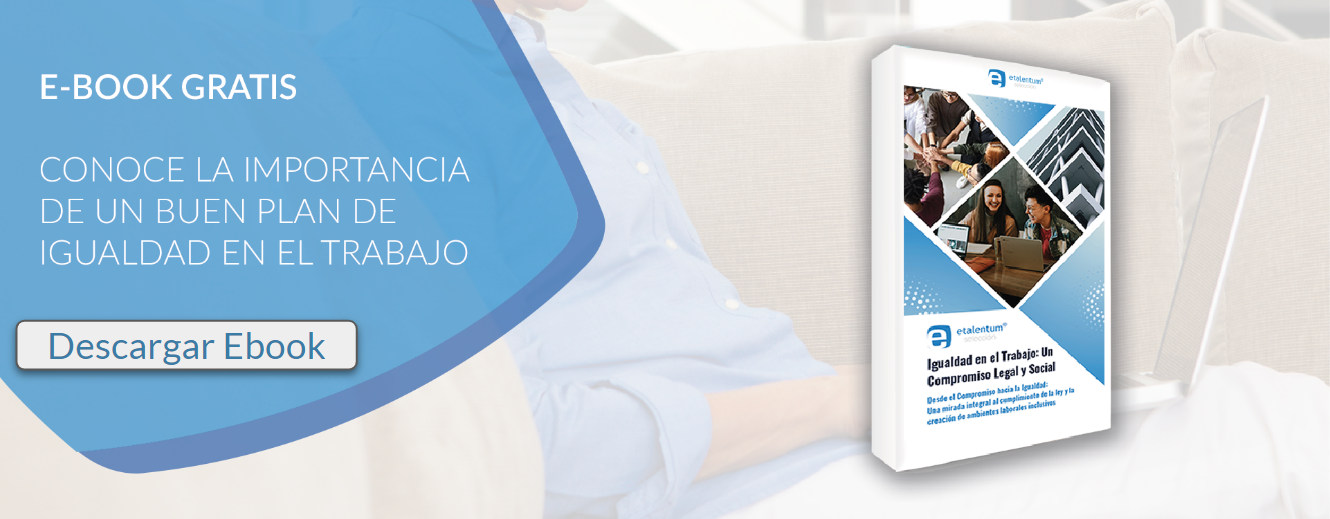
Competency-based selection has become a widely adopted methodology for aligning talent with organizational needs. By focusing on observable behaviors, specific skills, and knowledge, this approach promises greater objectivity in recruitment processes. However, even the most structured methods are not immune to one of the most persistent and invisible threats to human judgment: unconscious bias.
What is unconscious bias?
Unconscious (or implicit) bias refers to automatic associations, stereotypes, or prejudices that influence our behavior without our full awareness. Studies from Harvard University show that these biases operate at a subconscious level and can impact how we evaluate others, even when we believe we are being fair (Greenwald & Krieger, 2006).
In recruitment, this can lead to decisions that favor or disfavor candidates for reasons unrelated to their actual suitability. For example, an evaluator might perceive a candidate from the same university more positively or doubt a woman’s ability to lead in a technical role without objective justification.
Impact of bias in competency-based selection
Although competency-based interviews aim to reduce subjectivity by assessing past behaviors as predictors of future performance, the interpretation of those behaviors remains filtered through the evaluator’s perceptions. For instance, when given the same answer, an evaluator with affinity bias might rate a more relatable candidate as more proactive, while another candidate expressing the same behavior might not receive the same evaluation.
Biases such as confirmation bias (favoring information that confirms our pre-existing beliefs) or gender bias can distort the analysis of even structured interviews. A study from the London School of Economics (Bohnet, 2016) shows that implicit biases can still influence evaluations unless specific countermeasures are applied.
Practical strategies to mitigate bias
While eliminating unconscious bias completely is not feasible, its effects can be minimized through several structured practices:
1. Bias awareness training
Educating all evaluators on the nature of unconscious bias and its impact is an essential first step. Tools like Harvard’s “Project Implicit” offer tests and materials to raise individual awareness of implicit associations.
2. Standardized interview guides
Using structured interview guides based on clearly defined competencies and objective evaluation criteria reduces variability in candidate assessment. Responses should be rated individually before forming a general impression.
3. Blind resume screening
Removing personal data such as name, gender, age, or educational institution in early screening stages can help reduce stereotype-driven judgments.
4. Diverse evaluation panels
Including evaluators from different backgrounds, genders, and professional experiences can help counterbalance shared biases and introduce multiple perspectives.
5. Post-process bias review
Reviewing hiring outcomes from a diversity and inclusion standpoint can help detect hidden bias patterns. People analytics tools are increasingly used to support this effort.
Competency-based selection is not immune to unconscious bias, but its structure allows for the integration of measures to effectively mitigate it. As talent professionals, we must acknowledge our cognitive limitations and actively work toward building fairer, more inclusive, and objective processes. Only by doing so can we ensure that hiring decisions are based on merit, experience, and potential—rather than on invisible biases that perpetuate inequality.

